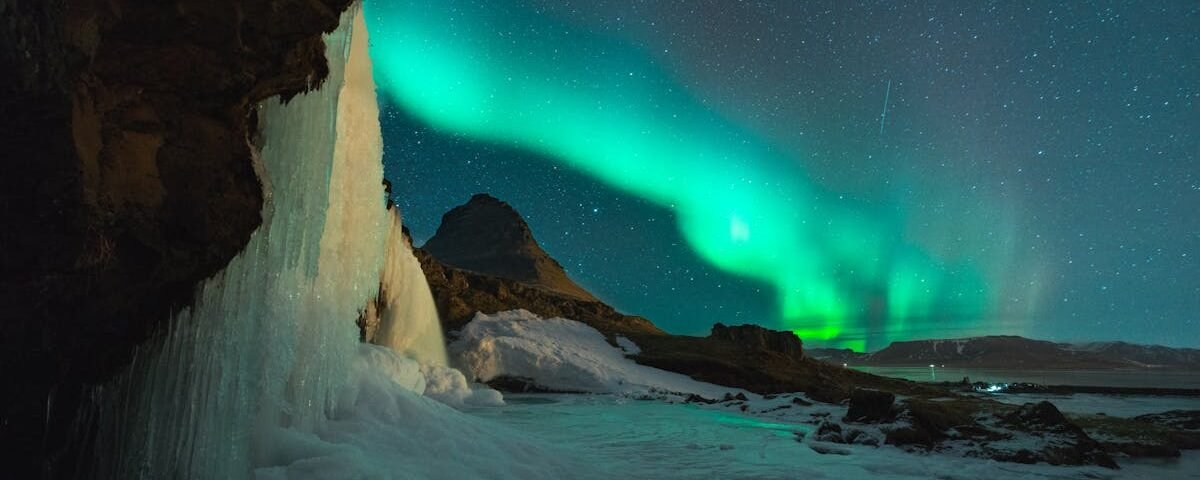If you’ve always dreamed of seeing the Northern Lights, soaking in a steaming hot spring under the stars, or exploring a land of snow-dusted waterfalls, Iceland in winter might just be your next great adventure.
Many travelers think Iceland is best in summer—but winter offers a quieter, more magical side of this stunning country. For retirees who enjoy exploring at a relaxed pace and avoiding crowds, winter in Iceland can be a dream come true.
Top Sites to See in Winter
1. The Northern Lights (Aurora Borealis)
From late September to early April, Iceland’s long nights offer some of the world’s best opportunities to see the Northern Lights. You can join a guided tour from Reykjavík or stay in a countryside lodge for a front-row view right outside your door.
2. The Blue Lagoon
Few experiences compare to floating in the warm, mineral-rich waters of the Blue Lagoon while snowflakes fall around you. It’s easy to reach from the airport and perfect for soothing travel-weary muscles.
3. The Golden Circle
This popular driving route is even more magical in winter. You’ll see the dramatic Gullfoss Waterfall, the Geysir hot springs area, and Þingvellir National Park, where the North American and Eurasian tectonic plates meet.
4. Reykjavík’s Winter Charm
The capital city comes alive with cozy cafés, museums, and festive lights. The compact downtown is easy to explore on foot, and you can warm up with a bowl of Icelandic lamb soup or browse handmade wool sweaters.
5. Ice Caves and Glaciers
Winter is the only time you can explore Iceland’s dazzling blue ice caves, carved naturally into glaciers. Guided tours from towns like Vík or Höfn let you safely experience this rare beauty.
The Benefits of Traveling in Winter
Fewer Tourists, More Peace
You’ll find fewer crowds at popular attractions, making it easier to enjoy Iceland’s natural beauty at your own pace—no long lines or crowded buses.
Lower Prices
Winter is Iceland’s “off-season,” so you can often find better deals on flights, hotels, and rental cars.
Unique Experiences
From dog-sledding to snowmobiling, and even visiting natural ice caves, winter unlocks experiences you simply can’t have in summer.
Cozy Culture
Icelanders embrace “hygge” living—staying warm, sharing comfort food, and enjoying candlelit evenings. Many hotels and guesthouses have inviting lounges and fireplaces perfect for reading or chatting after a day’s adventure.
Potential Drawbacks (and How to Handle Them)
- Shorter Days: In December, daylight lasts only about four hours—but this also means more chances to see the Northern Lights. Plan activities during daylight and enjoy relaxing evenings indoors.
- Weather Changes Quickly: Roads can get icy or snowy, so consider joining guided tours instead of driving yourself.
- Limited Access to Some Areas: A few highland roads close in winter, but most major sights remain open and accessible.
Final Thoughts
Traveling to Iceland in winter isn’t as wild as it sounds—it’s simply a different kind of beautiful. With a little planning, retirees can enjoy serene landscapes, fewer crowds, and experiences that make you feel like you’ve stepped into a winter fairy tale.
So pack your warmest coat, grab your camera, and get ready to discover Iceland’s quiet magic. You may find that winter is the most enchanting season of all.


